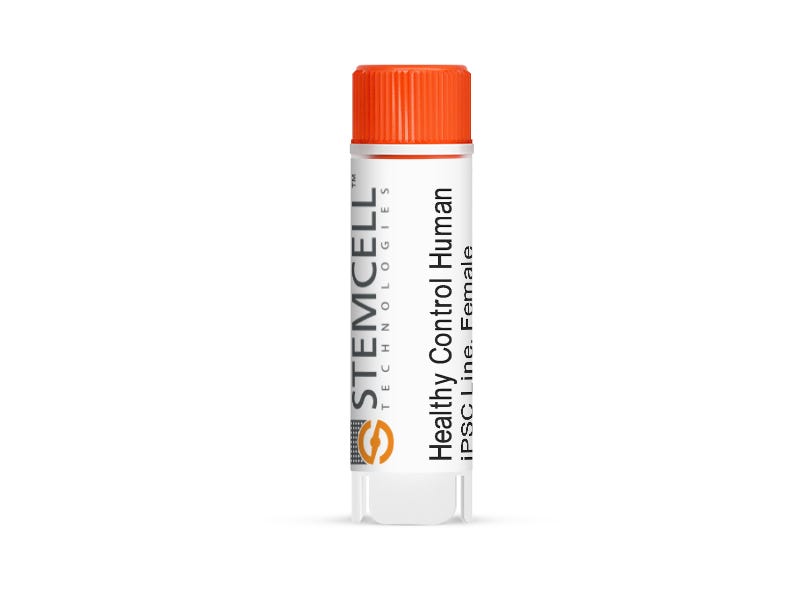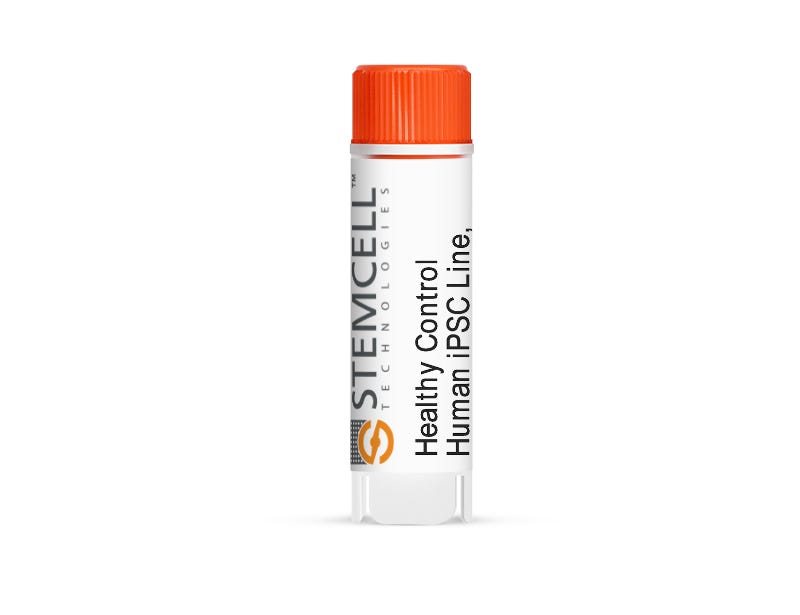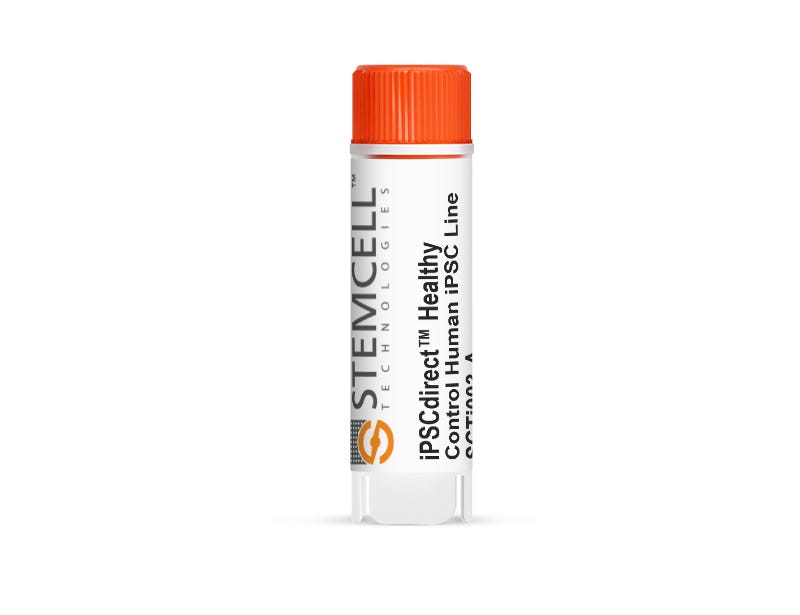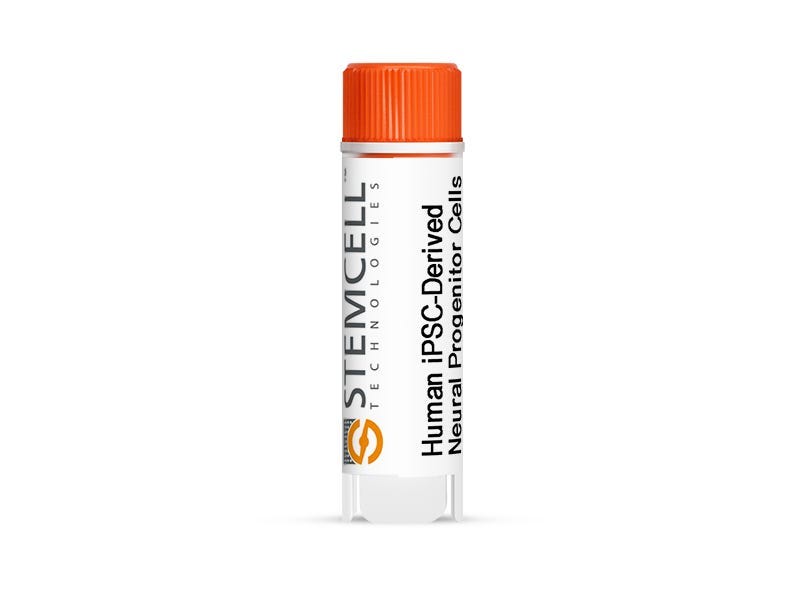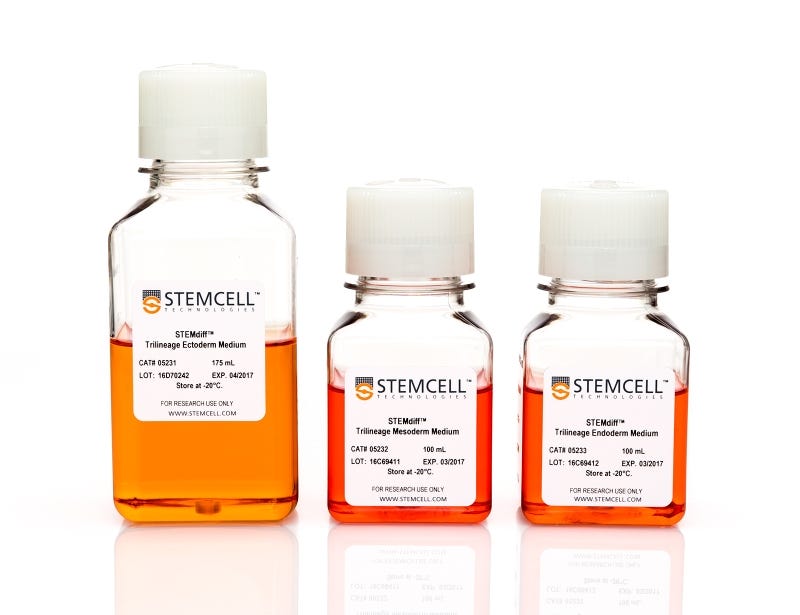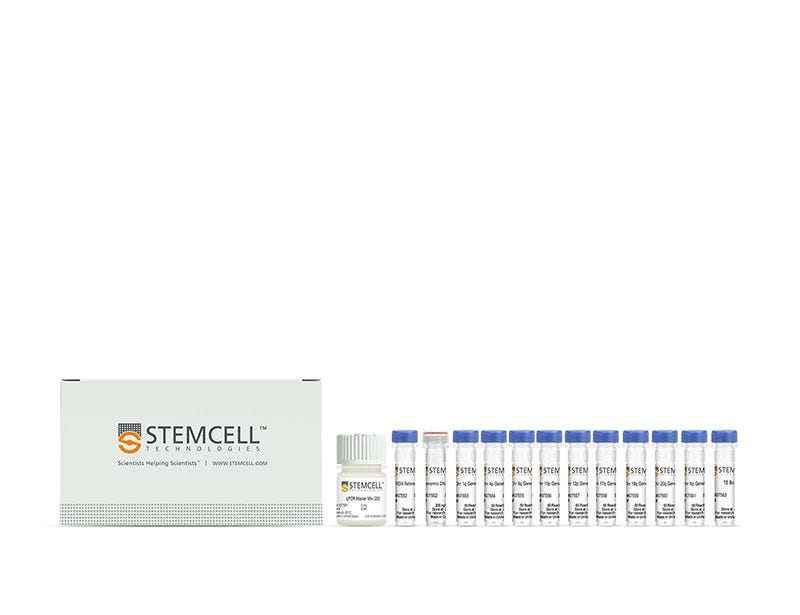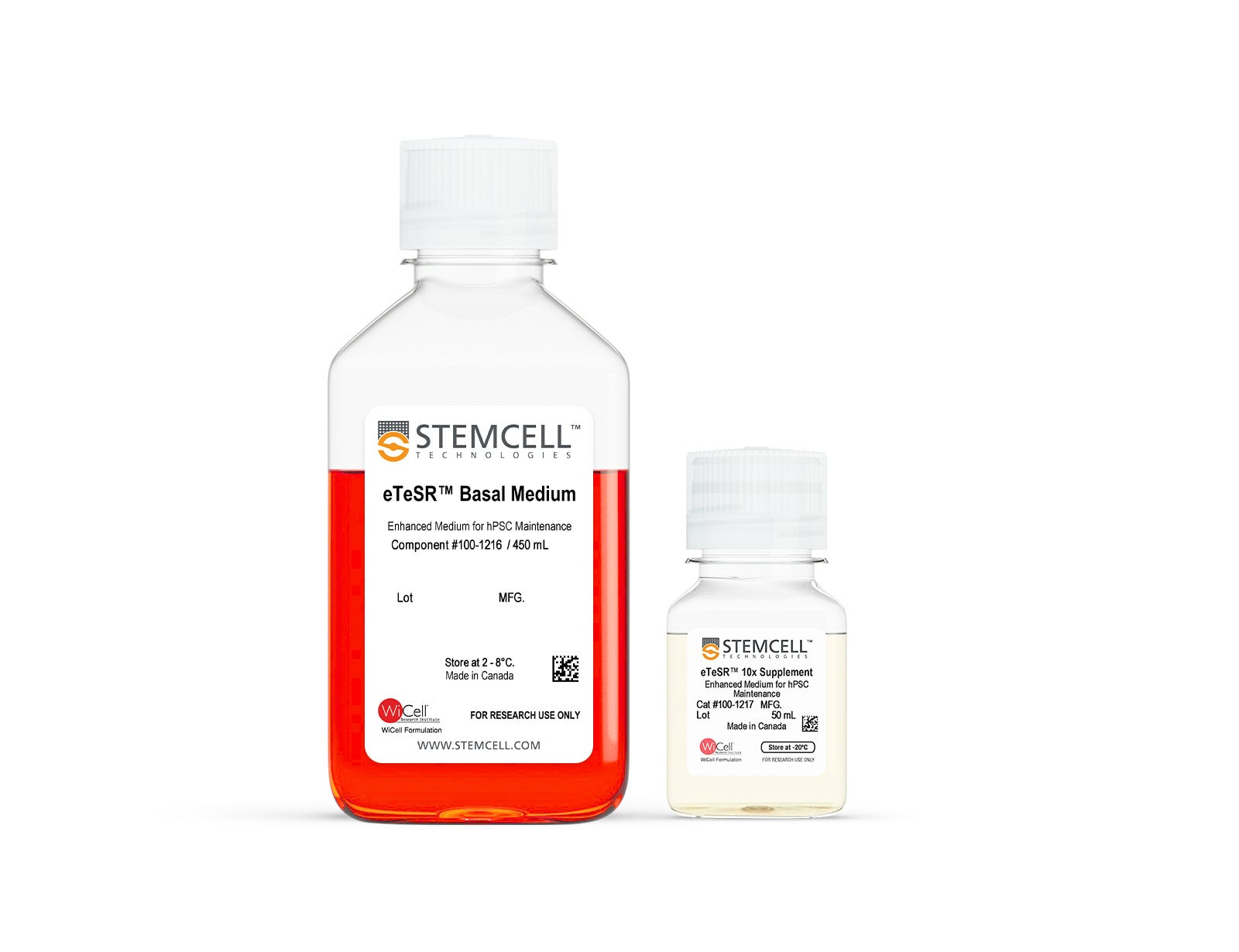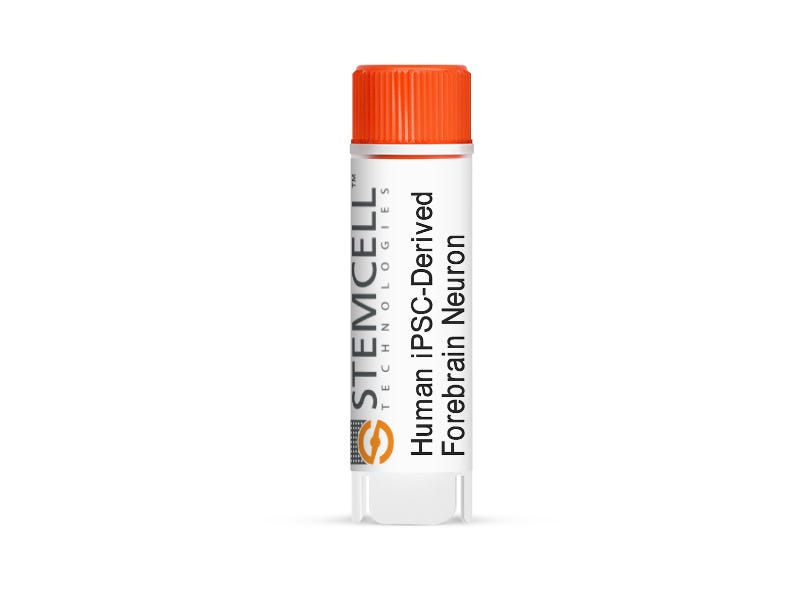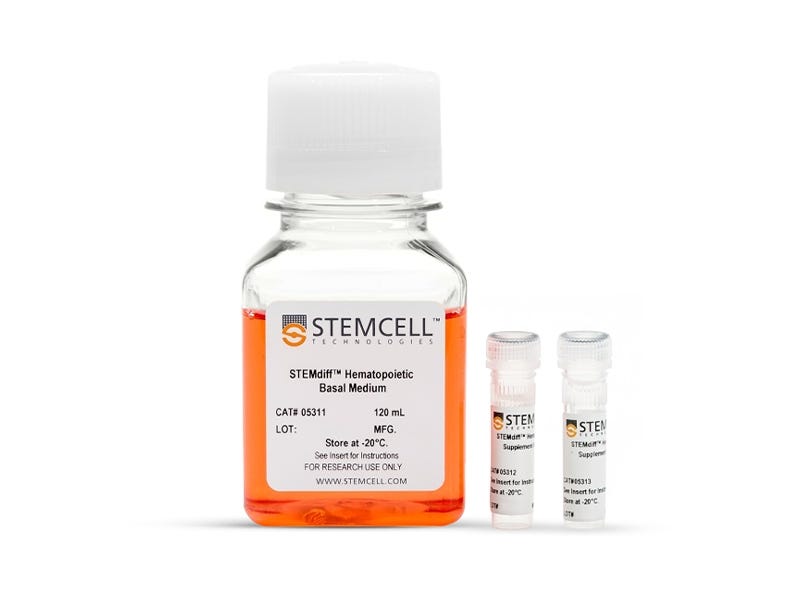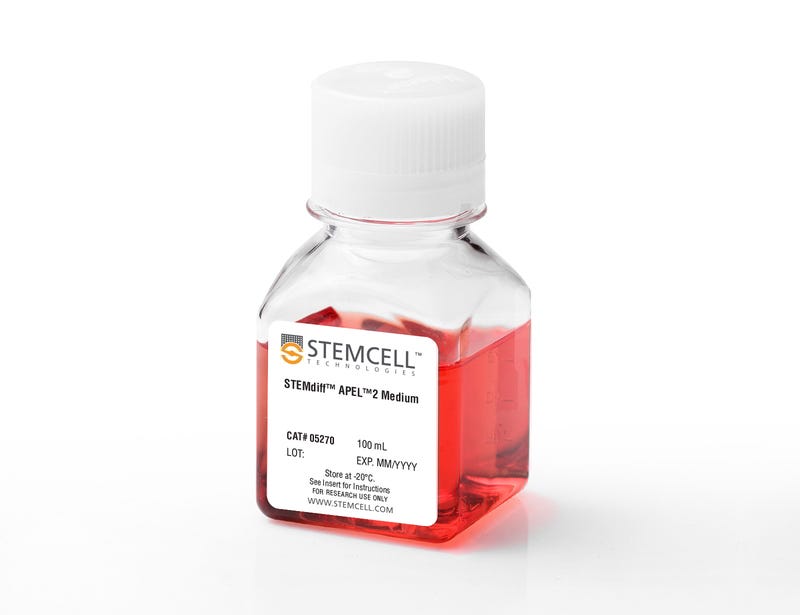ISSCR Standards for Human Stem Cell Use in Research
Recently, the International Society for Stem Cell Research (ISSCR) released the Standards for Human Stem Cell Use in Research, a document that outlines a set of recommendations that establish the minimum characterization and reporting criteria for working with human stem cells. These five tenets of responsible research practices can be used to shape the future of human stem cell research, leading to higher quality results and more standardized practices.
Discover how STEMCELL can support you in following these guidelines by exploring the resources below, and check back regularly to this page for updated content.
Wallchart: Reporting Practices for Publishing Results with hPSCs
Request a free copy of this wallchart, previously published in Stem Cell Reports, to ensure that your research aligns with the ISSCR Standards.
Foundational Resources for hPSC-Based Research
Get started with the following resources to familiarize yourself with hPSC-based research, education, and standards.
iPSC Research Models E-Book
Stem Cell Podcast: Interview with the Standards Committee
hPSC Training Courses
Adhering to the ISSCR Standards for Human Stem Cell Use in Research is becoming an important consideration for publishing papers. Explore the articles below to learn how to best set yourself up to achieve higher-quality results and more standardized practices.
Resources to Help You Apply the Standards to Your Research
Basic Characterization
“Crucial to the reproducibility effort is the consistent generation and accurate characterization of research materials, particularly those used to initiate experiments.” – Section 1 of the ISSCR Standards1
Learn how to start your research on the right note with these curated resources centered around cell characterization.
For tools and technologies that can help you achieve basic characterization, see the bottom of this page.
Pluripotency and the Undifferentiated State
“An aspect unique to human pluripotent stem cells (hPSCs) is their undifferentiated developmental state and the potential to give rise to all somatic lineages. In working with hPSCs, these defining features should be rigorously demonstrated not only for newly derived lines, new culture systems and genetically modified lines, but also for experimentation with more established lines to ensure the cells are behaving as expected.” – Section 2 of ISSCR Standards2
Cell quality starts with ensuring that your hPSCs are what you think they are. As differentiation capacity is key for downstream assays, ensuring proper cell morphology, gene & marker expression, and functional pluripotency are necessary steps along the hPSC research journey.
For tools and technologies that can help you assess pluripotency, see the bottom of this page.
Genomic Characterization
“Stem cells are subject to the acquisition of genetic changes in culture […] Apart from a growth advantage, genetic changes can alter many different aspects of stem cell phenotype and behavior […] culture-acquired genetic changes may also impact the behavior of differentiated cells derived from variant stem cells. By changing properties of cells, genetic alterations can affect reproducibility and repeatability of results obtained from stem cells and their differentiated derivatives.” – Section 3 of ISSCR Standards3
Gain a greater understanding of the mechanisms behind these cytogenetic changes and utilize more sensitive detection methods to improve the safety and efficacy of future therapies.
For tools and technologies that can help you characterize your cell’s genome, see the bottom of this page.
Stem Cell-Based Model Systems
“Stem cells and their differentiated progeny can be used to model tissue physiology. […] Crucial to ensuring that these human model systems are widely adopted by academia and industry is confirming their reproducibility between developers and end-users, and individual laboratories and operators.” – Section 4 of ISSCR Standards4
Explore where your cells can take you. From 2D tissues to 3D organoids, hPSC differentiation allows for the study of various disorders.
For tools and technologies that can help you utilize stem cell-based models systems, see the bottom of this page.
Reporting
“It is essential that any published paper includes detailed information on the [above] parameters to ensure that the published results are reproducible.” – Section 5 of ISSCR Standards5
When it comes time to publish your research, make sure your reporting practices adhere to the recommendations captured within the Standards.
Free On-Demand hPSC Course
Learn how to assess human pluripotent stem cell (hPSC) quality and characteristics.
Register Now >Tools and Technologies to Help You Meet the Standards
Healthy Control Human iPSC Line, Female, SCTi003-A
Start your research confidently with a reliable source of high-quality induced pluripotent stem cells (iPSCs) from the SCTi003-A cell line. Trust in extensive quality control that meets or exceeds industry standards at every step of the manufacturing process (ISCBI, 2009).
Healthy Control Human iPSC Line, Male, SCTi004-A
Increase the genetic diversity of your starting cell populations with SCTi004-A, an alternative genotype to the female SCTi003-A line, manufactured under stringent quality control standards and in accordance with the recently released ISSCR Standards.
Human iPSC-Derived Neural Progenitor Cells
Start your neural workflow confidently with high-quality, ready-to-use human neural progenitor cells (NPCs). Ready to use directly from thawing, these human NPCs are multipotent and suitable for customized downstream differentiation to various CNS cell types.
STEMdiff™ Trilineage Differentiation Kit
The STEMdiff™ Trilineage Differentiation Kit provides a simple culture assay to functionally validate the ability of new or established human embryonic stem (ES) and induced pluripotent stem (iPS) cell lines to differentiate to the three germ layers: ectoderm, mesoderm, and endoderm.
Human Pluripotent Stem Cell Trilineage Differentiation qPCR Array
This qPCR array determines the gene expression profile of undifferentiated ES and iPS cells and their trilineage derivatives following in vitro directed or spontaneous differentiation, thereby validating a cell line’s ability to differentiate to the three germ layers.
Human iPSC-Derived Forebrain Neuron Precursor Cells
Achieve better data faster by starting your neural workflow with an easy-to-use, high-quality, highly pure population of forebrain-type neuron precursor cells. Derived from the SCTi003-A control line, this mixed population of excitatory and inhibitory neurons provides a ready-to-use model for physiologically relevant results, with functionally active iPSC-derived mature neurons obtained just two weeks after thawing.
STEMdiff™ Midbrain Organoid Differentiation Kit
Robustly generate three-dimensional, guided neural organoid cultures from hPSCs without matrix embedding. Adapted from protocols by Dr. Sergiu Paşca, the brain-region-specific organoids generated with this kit provide an in vitro model with a cellular composition and structural organization representative of the developing human midbrain.
STEMdiff™ Hematopoietic Kit
Generate functional hematopoietic progenitor cells from human embryonic stem (ES) and induced pluripotent stem (iPS) cells. Using a simple and reproducible protocol in serum- and feeder-free conditions, you can produce hematopoietic progenitor cells expressing CD34, CD45, and CD43.
References
- ISSCR. Section 1: Basic Characterization. (accessed 2024-05-27).
- ISSCR. Section 2: Pluripotency and the Undifferentiated State. (accessed 2024-05-27).
- ISSCR. Section 3: Genomic Characterization. (accessed 2024-05-27).
- ISSCR. Section 4: Stem Cell-based Model Systems. (accessed 2024-05-27).
- ISSCR. Section 5: Reporting. 5. (accessed 2024-05-27).






























